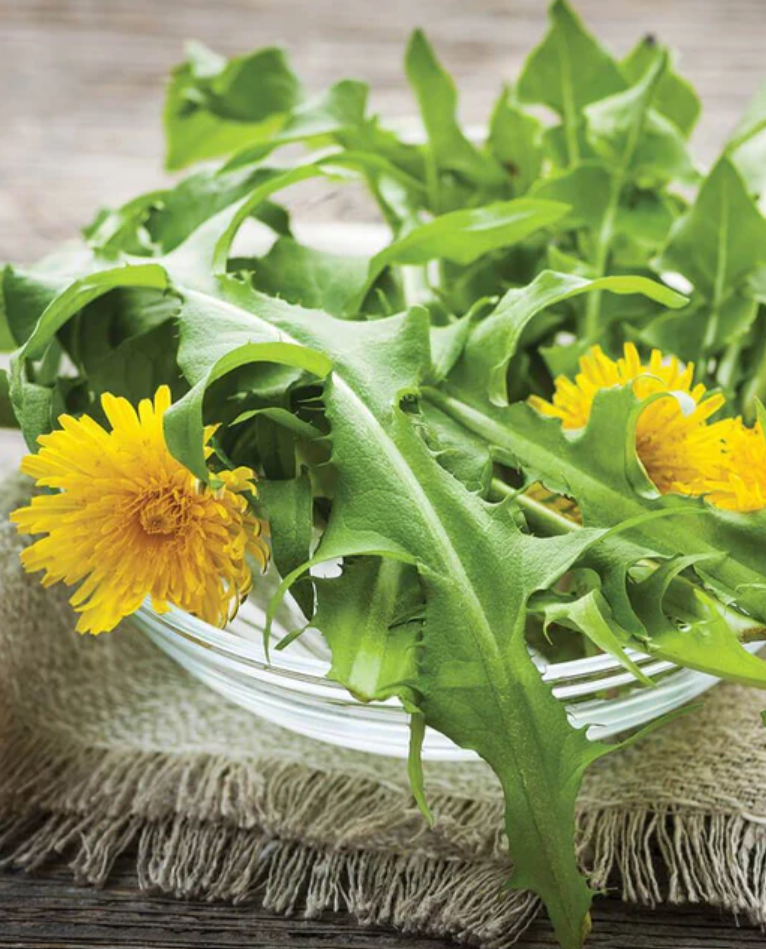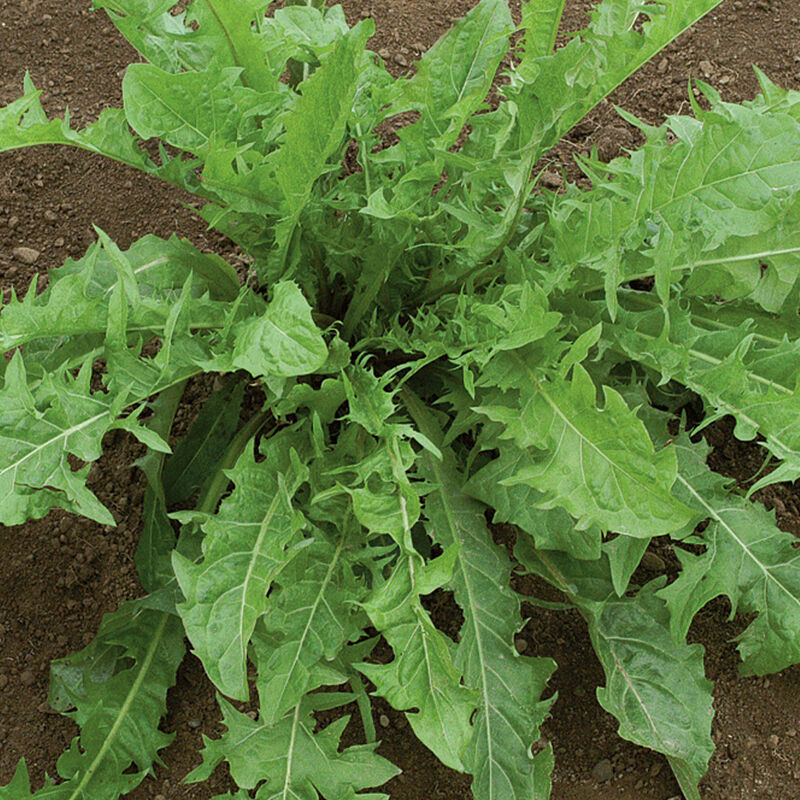Olive Seed Company
Herb 'Dandelion'
Herb 'Dandelion'
Couldn't load pickup availability
Taraxacum officinale — Dandelion
Dandelion is a resilient perennial herb valued for its nutritious leaves and medicinal roots. Young leaves can be eaten fresh in salads or cooked as greens, offering a pleasantly bitter, mineral-rich flavour. Roots are traditionally roasted for a caffeine-free coffee substitute or dried for herbal preparations. Thriving in full sun to partial shade, dandelions are hardy, adaptable, and self-seeding. Their bright golden flowers also support pollinators, making them both practical and ecological in the garden.
DETAILS:
QTY: 50
SITE: Sun/Part Shade
TYPE: Perennial
DEPTH: Lightly Cover
GERMINATION: 7-21 days. Germinates better in cool soils.
MATURITY: 95 to leaf harvest; 365 to root
HEIGHT: 8-18"
SPACING: 4-6"
HOW TO GROW:
Planting:
-
When to Plant: Dandelion seeds can be sown directly in your garden in early spring or fall. They have a high germination rate and can sprout quickly.
-
Where to Plant: Dandelions are not fussy and will grow in a variety of conditions. For the best-tasting leaves, plant them in a location with full sun to partial shade. Partial shade will help keep the leaves tender and less bitter.
-
Sowing Seeds: Sow seeds shallowly, about 1/4 inch deep. Dandelion seeds need some light to germinate, so don't cover them with too much soil. Space seeds about 6-8 inches apart for mature plants. If you want to harvest young, "baby" greens, you can sow them closer, about 3 inches apart.
Soil & Fertilizing:
-
Soil Preference: Dandelions can tolerate a wide range of soil types, but they will produce the tastiest leaves and largest roots in fertile, well-drained, organically rich soil. They prefer a slightly acidic to neutral pH (6.0-6.8).
-
Fertilizing: If your soil is rich, additional fertilizer is not necessary. If the soil is poor, you can amend it with compost before planting. Over-fertilizing, especially with nitrogen, can make the leaves less flavorful.
Watering:
-
Dandelions are drought-tolerant once established due to their long taproot. However, consistent moisture will produce more tender, flavorful leaves. Water regularly, especially during dry spells.
Pests & Diseases:
-
Dandelions are generally very resistant to pests and diseases. They are a valuable food source for beneficial insects and pollinators.
-
The biggest "pest" to a dandelion grower is often themselves, as the plant can be very vigorous.
Harvesting:
-
For Leaves: The youngest, most tender leaves have the mildest flavor and are best for salads. Harvest them in the spring before the plant flowers. You can continue to harvest throughout the season, but the leaves may become more bitter. To reduce bitterness, you can "blanch" the leaves by covering the plant with a dark cloth or box for a few days before harvesting.
-
For Flowers: The bright yellow flowers are edible and can be used in salads, jellies, or to make dandelion wine. Harvest them when they are fully open.
-
For Roots: The taproot can be harvested in the fall after the leaves have died back. The roots are used to make a coffee substitute or can be added to stir-fries or teas. Digging up the entire root is the best way to prevent the plant from re-growing.
Tips for Success:
-
Control Spreading: Dandelions are notorious for spreading by seed. To prevent this, deadhead the flowers before they turn into the familiar white puffballs.
-
Perennial Nature: Since dandelions are perennials, they will come back year after year. Their deep taproots make them difficult to remove entirely, so plan your planting location carefully.
- Companion Planting: Dandelions can be beneficial in a garden, as their deep taproots can help break up compacted soil and bring nutrients closer to the surface for other plants.
Shipping & Returns
Shipping & Returns


-
Free Shipping
Free Shipping on all orders in Canada over $125.00


